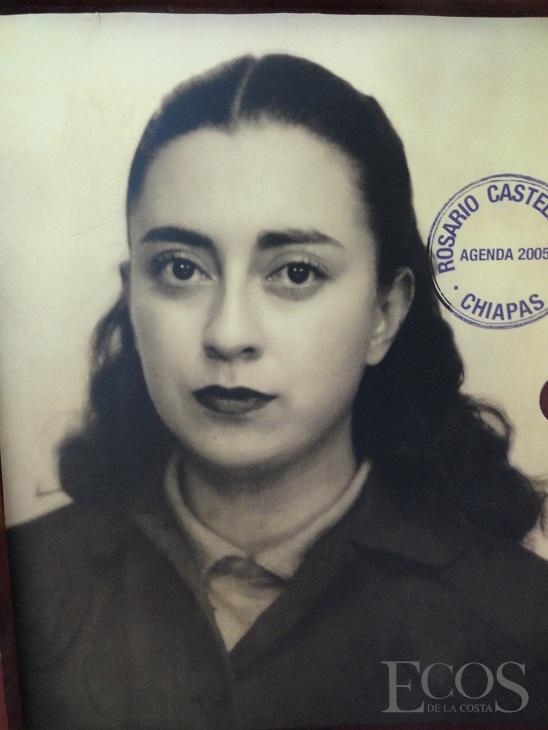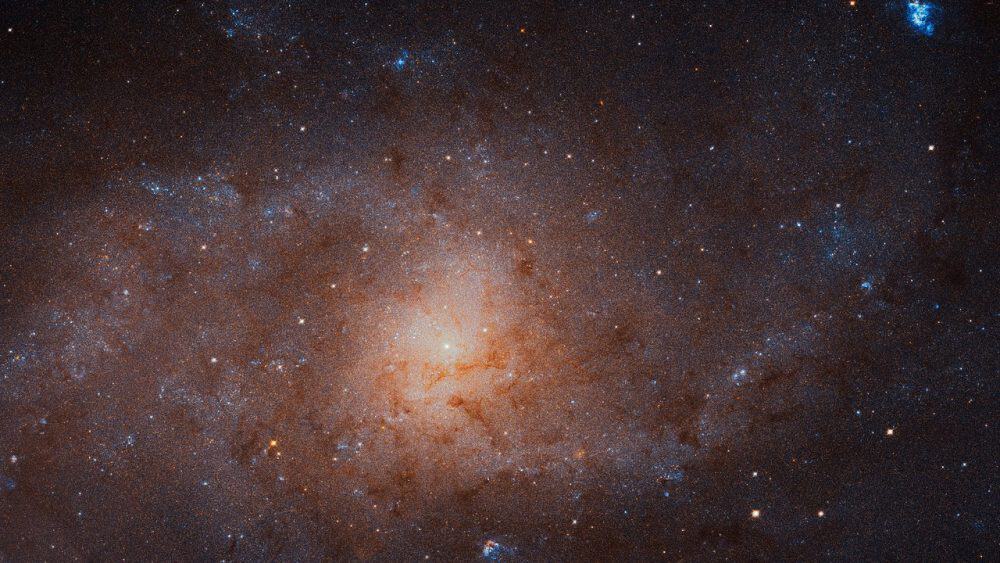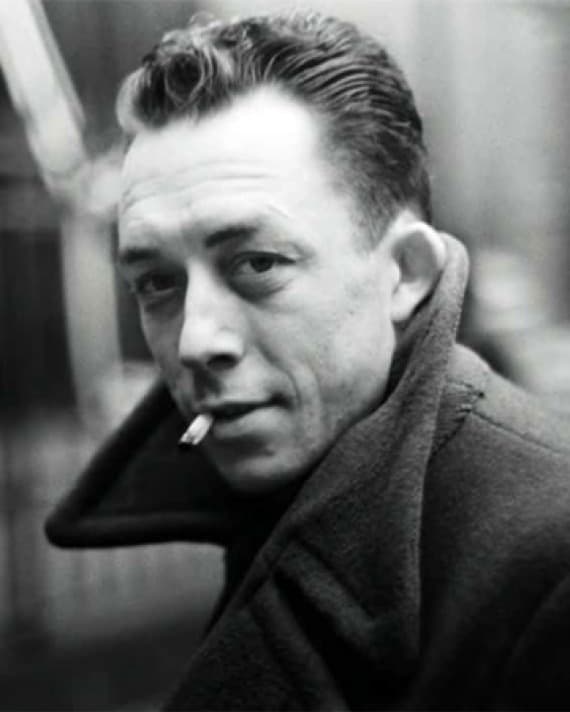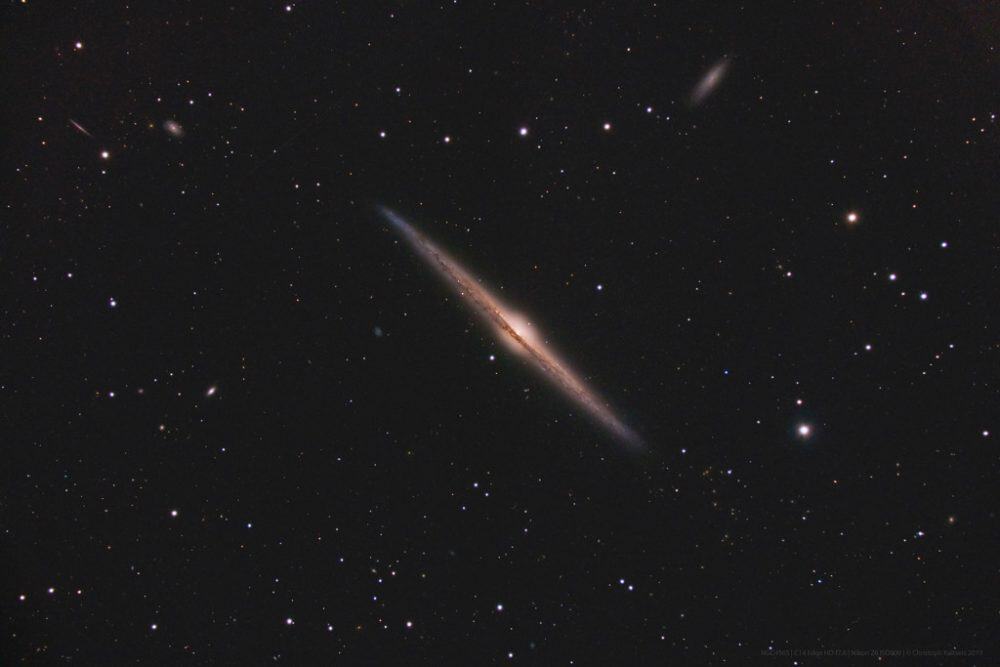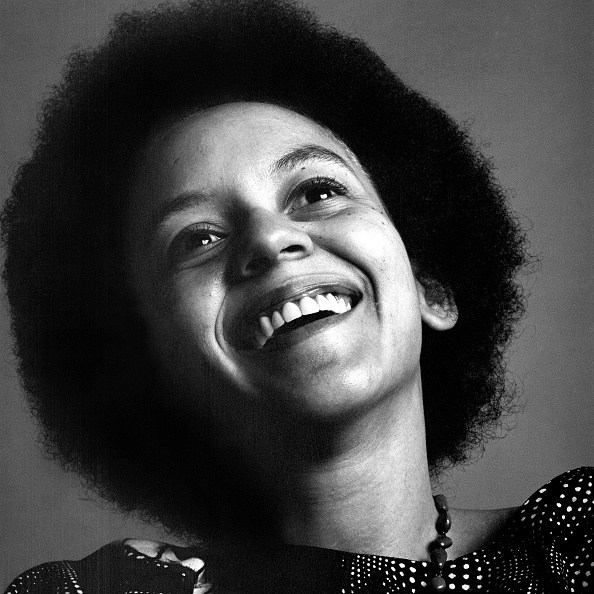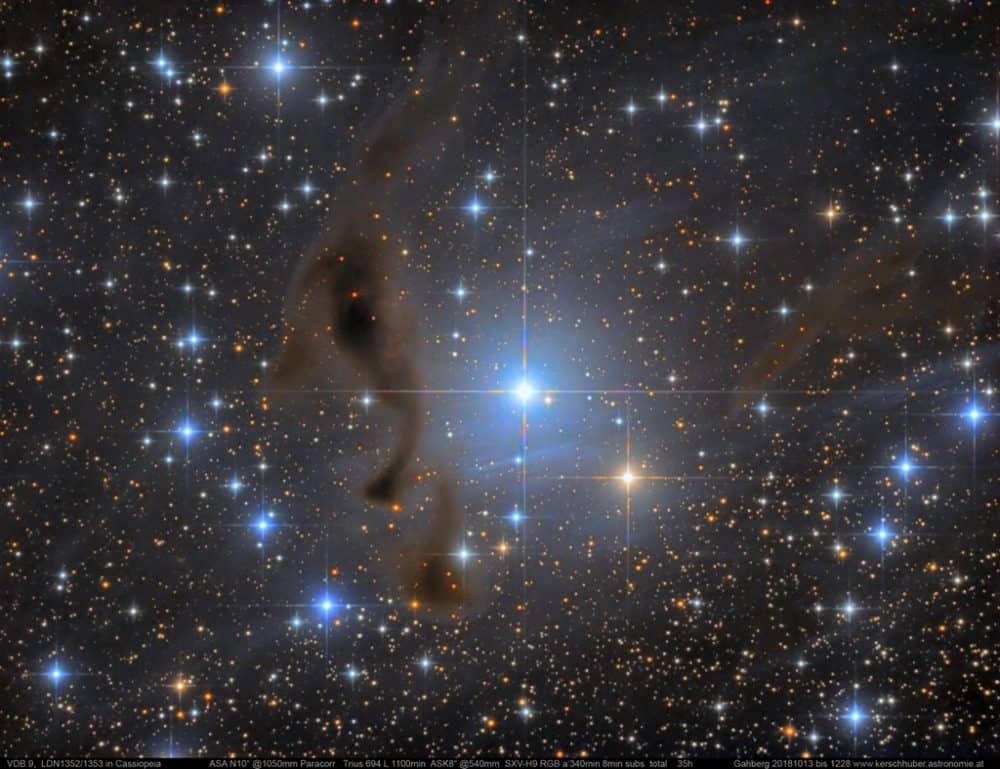Blog
Mayotte-It consists of a main island, Grande-Terre (or Maore), a smaller island, Petite-Terre (or Pamanzi), and several islets around these two. The archipelago is located in the northern Mozambique Channel in the Indian Ocean off the coast of Southeast Africa, between northwestern Madagascar and northeastern Mozambique. The department status of Mayotte is recent and the region remains, by a significant margin, the poorest in France. Mayotte is nevertheless much more prosperous than the other countries of the Mozambique Channel, making it a major destination for illegal immigration.
more...https://www.youtube.com/watch?v=Vmos2JLOSnU
more...“We have to laugh. Because laughter, we already know, is the first evidence of freedom.” Rosario Castellanos
more...
Stars of the Triangulum Galaxy are resolved in this sharp mosaic from the Hubble Space Telescope’s Advanced Camera for Surveys (ACS). The inner region of the galaxy spanning over 17,000 light-years is covered at extreme resolution, the second largest image ever released by Hubble. At its center is the bright, densely packed galactic core surrounded by a loose array of dark dust lanes mixed with the stars in the galactic plane. Also known as M33, the face-on spiral galaxy lies 3 million light-years away in the small northern constellation Triangulum. Over 50,000 light-years in diameter, theTriangulum Galaxy is the third largest in the Local Group of galaxies after the Andromeda Galaxy (M31), and our own Milky Way. Of course, to fully appreciate the Triangulum’s stars, star clusters, and bright nebulae captured in this Hubble mosaic.
more...John Dawson Winter III (February 23, 1944 – July 16, 2014), known as Johnny Winter, was an American musician, singer, songwriter, multi-instrumentalist and producer. Best known for his high-energy blues-rock albums and live performances in the late 1960s and 1970s, Winter also produced three Grammy Award-winning albums for blues singer and guitarist Muddy Waters. After his time with Waters, Winter recorded several Grammy-nominated blues albums. In 1988, he was inducted into the Blues Foundation Hall of Fame and in 2003, he was ranked 63rd in Rolling Stone magazine’s list of the “100 Greatest Guitarists of All Time“.
Johnny Winter was born in Beaumont, Texas, on February 23, 1944. Winter and younger brother Edgar (born 1946) were nurtured at an early age by their parents in musical pursuits.Their father, Leland,MS native John Dawson Winter, Jr. (1909-2001), was also a musician who played saxophone and guitar and sang at churches, weddings, Kiwanis and Rotary Club gatherings. Johnny and his brother, both of whom were born with albinism, began performing at an early age. When he was ten years old, the brothers appeared on a local children’s show with Johnny playing ukulele.
more...Josiah “Cie” Frazier (February 23, 1904 – January 10, 1985) was an American jazz drummer.
Frazier studied drums under several New Orleans jazz musicians, including Louis Cottrell, Sr., Red Happy Bolton, and Face-O Woods. He joined the Golden Rule Band with cousin Lawrence Marrero in 1921, and played in Marrero’s Young Tuxedo Orchestra in the 1920s. He recorded with Papa Celestin‘s Tuxedo Brass Band in 1927 and played with A.J. Piron and Sidney Desvigne in the late 1920s and early 1930s. During the Great Depression Frazier played in WPA bands and in Navy dance bands. In 1945, he recorded with Wooden Joe Nicholas, and worked in the 1950s with Celestin, Percy Humphrey, George Williams, and the Eureka Brass Band. He played in the Preservation Hall Jazz Band in the 1960s, working there into the 1980s, and recorded in his last few decades with Kid Howard, De De Burke, George Lewis, Emile Barnes, Captain John Handy, and Don Ewell. He appears in the Steve McQueen film The Cincinnati Kid and even drummed on one session for Helen Reddy.
more...George Frideric (or Frederick) Handel (/ˈhændəl/; born Georg Friedrich Händel 23 February 1685 (O.S.) [(N.S.) 5 March] – 14 April 1759) was a German, later British, Baroque composer who spent the bulk of his career in London, becoming well-known for his operas, oratorios, anthems, and organ concertos. Handel received important training in Halle-upon-Saale and worked as a composer in Hamburg and Italy before settling in London in 1712; he became a naturalised British subject in 1727. He was strongly influenced both by the great composers of the Italian Baroque and by the middle-German polyphonic choral tradition.
Within fifteen years, Handel had started three commercial opera companies to supply the English nobility with Italian opera. Musicologist Winton Dean writes that his operas show that “Handel was not only a great composer; he was a dramatic genius of the first order.” As Alexander’s Feast (1736) was well received, Handel made a transition to English choral works. After his success with Messiah (1742) he never composed an Italian opera again. Almost blind, and having lived in England for nearly fifty years, he died in 1759, a respected and rich man. His funeral was given full state honours, and he was buried in Westminster Abbey in London.
Born the same year as Johann Sebastian Bach and Domenico Scarlatti, Handel is regarded as one of the greatest composers of the Baroque era, with works such as Messiah, Water Music, and Music for the Royal Fireworks remaining steadfastly popular. One of his four coronation anthems, Zadok the Priest (1727), composed for the coronation of George II, has been performed at every subsequent British coronation, traditionally during the sovereign’s anointing. Another of his English oratorios, Solomon (1748), has also remained popular, with the Sinfonia that opens act 3 (known more commonly as “The Arrival of the Queen of Sheba”) featuring at the 2012 London Olympics opening ceremony. Handel composed more than forty operas in over thirty years, and since the late 1960s, with the revival of baroque music and historically informed musical performance, interest in Handel’s operas has grown.
more...https://www.youtube.com/watch?v=eGVy4o5SKjs
more...“The only way to deal with an unfree world is to become so absolutely free that your very existence is an act of rebellion.” – Albert Camus
more...
Magnificent spiral galaxy NGC 4565 is viewed edge-on from planet Earth. Also known as the Needle Galaxy for its narrow profile, bright NGC 4565 is a stop on many telescopic tours of the northern sky, in the faint but well-groomed constellation Coma Berenices. This sharp, colorful image reveals the galaxy’s bulging central core cut by obscuring dust lanes that lace NGC 4565’s thin galactic plane. An assortment of other background galaxies is included in the pretty field of view, with neighboring galaxy NGC 4562 at the upper right. NGC 4565 itself lies about 40 million light-years distant and spans some 100,000 light-years. Easily spotted with small telescopes, sky enthusiasts consider NGC 4565 to be a prominent celestial masterpiece Messier missed.
more...Joseph James LaBarbera (born February 22, 1948) is an American jazz drummer and composer. He is best known for his recordings and live performances with the trio of pianist Bill Evansin the final years of Evans’s career. His older brothers are saxophonist Pat LaBarbera and trumpeter John LaBarbera.He grew up in Mount Morris, New York. His first drum teacher was his father. For two years in the late 1960s he attended Berklee College of Music, then went on tour with singer Frankie Randall. After Berklee he spent two years with the US Army band at Fort Dix, New Jersey. He began his professional career playing with Woody Herman and the Thundering Herd.
His reputation grew in the 1970s when he spent four years recording and touring with Chuck Mangione. He also worked as a sideman for Bob Brookmeyer, Jim Hall, Art Farmer, Art Pepper, John Scofield, Toots Thielemans, and Phil Woods. In 1979 he was a member of the Bill Evans trio, then spent much of the 1980s and early 1990s with Tony Bennett. He was in a quartet with his brother Pat and in a trio with Hein van de Geyn and John Abercrombie. He has taught at the California Institute of the Arts and the Bud Shank Jazz Workshop.
more...Ernest Kador Jr. (February 22, 1933 – July 5, 2001), known by the stage name Ernie K-Doe, was an African-American rhythm-and-blues singer best known for his 1961 hit single “Mother-in-Law“, which went to number 1 on the Billboard pop chart in the U.S.
Born in New Orleans, K-Doe recorded as a member of the group the Blue Diamonds in 1954 before making his first solo recordings the following year. “Mother-in-Law“, written by Allen Toussaint, was his first hit, reaching number 1 on both the Billboard pop chart and the Billboard R&B chart. K-Doe never had another top-40 pop hit, but “Te-Ta-Te-Ta-Ta” (number 21, 1961) and “Later for Tomorrow” (number 37, 1967) reached the R&B top 40.
In the 1980s K-Doe did radio shows on the New Orleans community stations WWOZ and WTUL. The shows were known for his explosively energetic announcements and frequent self-promotion (occasionally causing problems for the noncommercial station). K-Doe’s catch phrases included “Burn, K-Doe, Burn!”, “I’m a Charity Hospital Baby!” and (addressed to himself) “You just good, that’s all!”. For a time he billed himself as “Mister Naugahyde”, until he was ordered to desist by the owners of the Naugahyde trademark. K-Doe then explained that it was a misunderstanding; he was actually referring to himself as “Mister M-Nauga-Ma-Hyde”, a word he invented himself.
https://www.youtube.com/watch?v=03jAXN4BapY&t=288s
more...George Holmes “Buddy” Tate (February 22, 1913 – February 10, 2001) was a jazz saxophonist and clarinetist.
Tate was born in Sherman, Texas, and began performing on alto saxophone. As a teenager in 1925, he played with his brother and their band called McCloud’s Night Owls.”
Tate quickly switched to tenor saxophone making a name for himself in bands such as the one led by Andy Kirk. He joined Count Basie in 1939 and stayed with him until 1948. He had been selected by Basie after the sudden death of Herschel Evans, which Tate stated he had predicted in a dream.
After his period with Basie ended, he worked with several other bands before he found success on his own, starting in 1953 in Harlem. His group worked at the “Celebrity Club” from 1953 to 1974. In the late 1970s, he co-led a band with Paul Quinichette and worked with Benny Goodman.
https://www.youtube.com/watch?v=JqaI28ZKXEM
more...World Music on Flamenco Fridays with the Maestro Gitano
Sabicas (proper name: Agustín Castellón Campos) (16 March 1912 – 14 April 1990) was a Spanish flamenco guitarist of Romani origin. Sabicas was born in Pamplona, Spain, and began playing guitar at the age of five and made his performing debut two years later. His early style was influenced by Ramón Montoya, to whom he was related on his mother’s side of the family. Extensive collaboration with important cantaores (male flamenco singers) of the period helped him develop his personal style.
https://www.youtube.com/watch?v=4bUmzzegEwU
more...Centered in a well-composed celestial still life, pretty, blue vdB 9 is the 9th object in Sidney van den Bergh’s 1966 catalog of reflection nebulae. It shares this telescopic field of view, about twice the size of a full moon on the sky, with stars and dark, obscuring dust clouds in the northerly constellation Cassiopeia. Cosmic dust is preferentially reflecting blue starlight from embedded, hot star SU Cassiopeiae, giving vdB 9 the characteristic bluish tint associated with a classical reflection nebula. SU Cas is a Cepheid variable star, though even at its brightest it is just too faint to be seen with the unaided eye. Still Cepheids play an important role in determining distances in our galaxy and beyond. At the star’s well-known distance of 1,540 light-years, this cosmic canvas would be about 24 light-years across.
more...Edward Haydn Higgins (February 21, 1932 – August 31, 2009) was a jazz pianist, composer, and orchestrator.
For more than two decades Higgins worked at some of Chicago’s most prestigious jazz clubs, including the Brass Rail, Preview Lounge, Blue Note, Cloister Inn and Jazz, Ltd. His longest and most memorable tenure was at the long-gone London House, where he led his jazz trio from the late 1950s to the late 1960s, playing opposite jazz stars of this period, including Cannonball Adderley, Bill Evans, Erroll Garner, Stan Getz, Dizzy Gillespie, Wes Montgomery, Oscar Peterson and George Shearing, among others. Later, Higgins said the opportunities to play jazz music with Coleman Hawkins and Oscar Peterson were unforgettable moments. Higgins spent his time at the London House Restaurant with bassist Richard Evans and drummer Marshall Thompson. Higgins also worked for Chess Records as a producer.
During his stay in Chicago, Higgins also recorded a significant number of albums under his auspices and many more as a sideman with a wide variety of musicians, ranging in style from tenor saxophonists Hawkins to Sonny Stitt to Wayne Shorter; trumpeters Bobby Lewis to Harry Edison to Lee Morgan and Freddie Hubbard; and trombonists Jack Teagarden to Al Grey. His versatility was captured on stage and records, backing up singers and leading his own projects as both pianist and orchestrator, working in every jazz circle from dixieland to modal styles. Although he opted to decline the offer, Higgins was asked at one point by Art Blakey to join the seminal hard bop quintet, The Jazz Messengers.
https://www.youtube.com/watch?v=k9BqZxir_AI
more...More Posts
- The Cosmos with IRAS 23166+1655
- Jaimoe Day
- Louis Jordan Day
- World Music with Kálmán Balogh
- Daily Roots with Johnny Clarke
- The Cosmos with NGC 1976
- Joe Zawinul Day
- Hank Mobley Day
- World Music with Russom G
- Daily Roots with Adele
- The Cosmos with Sh2-155
- Michael Shrieve Day
- Louis Bellson Day
- World Music with David Cerreduela
- Daily Roots with Amy Winehouse
- BEAU KOO JACKS 7-5-18
- The Cosmos with NGC 1032
- Robbie Robertson Day
- Smiley Lewis Day
- World Music with Aladár Csiszár
